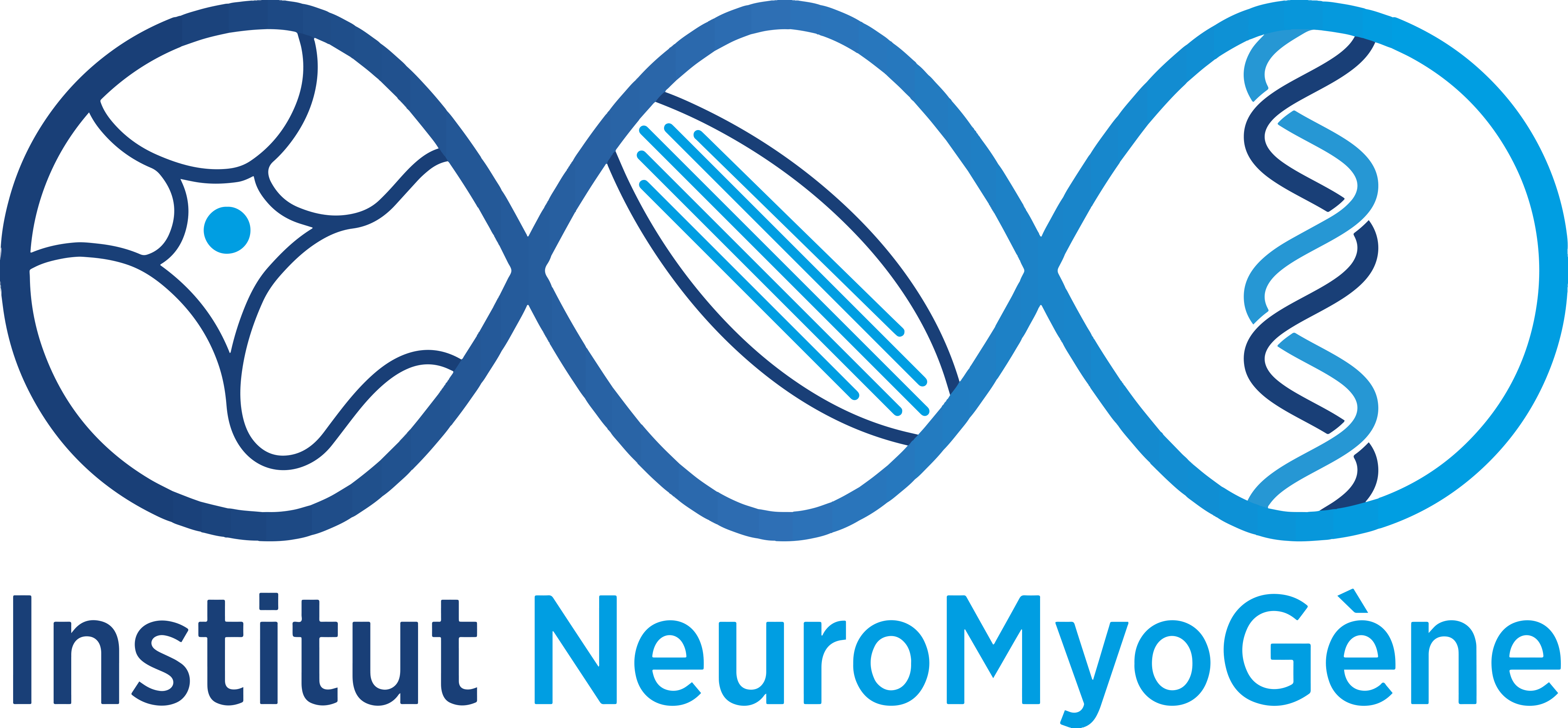Capucine TROLLET (Inserm U974, Institut de Myologie, Paris) is Director of research Inserm and leads a team (together with Vincent Mouly) within the Myology Research Center of the Sorbonne University at Pitié-Salpêtrière Hospital in Paris. She studies muscle regeneration, ageing and diseases, and has been working since 12 years on a rare disease called Oculopharyngeal muscular dystrophy (OPMD). The work of the team led to the identification of pathomechanisms of OPMD (RNA metabolism, splicing defects (NAR 2016), mitochondrial abnormalities (Plos Genet 2015), ER-stress (Hum Mol Genet 2019)) and the development of gene- and cell-based therapy strategies (Mol Ther Nuc Acids 2021; Hum Gene Ther 2020; Nat Com 2017). She has been an expert for Bioblast company on the trehalose Phase I/IIa clinical trial for OPMD and works with Benitec BioPharma to develop a gene therapy approach (patent PCT/AU2017/050330). The team comprises 17 members (8 permanent) with a strong expertise in human cellular models (they initiated an immortalization facility; FASEB J 2021), human fibroadipogenic progenitors in muscle fibrosis (J Cachexia Sarcopenia and muscle 2022), xenotransplantation (Plos One 2019) and collaborates with clinicians allowing access to unique set of biopsies. Since 2018, she is elected board member of the Société Française de Thérapie Cellulaire et Génique and the Société Française de Myologie. She was awarded in 2019 a « FRM team » funding to study human muscle cell communication during regeneration.
Where are we now on Oculopharyngeal muscular dystrophy?
Oculopharyngeal muscular dystrophy (OPMD) is a rare and progressive muscle disease characterized by an onset of weakness in the pharyngeal and eyelid muscles. The disease is caused by the extension of a polyalanine tract in the Poly(A) Binding Protein Nuclear 1 (PABPN1) protein leading to the formation of intranuclear inclusions or aggregates in the muscle of OPMD patients. Despite numerous studies stressing the deleterious role of nuclear inclusions in cellular and animal OPMD models, their exact contribution to the human disease is still unclear. Pharyngeal and eyelid muscles are characterized by exacerbated fibrosis as well as atrophic and degenerative fibers. One of the crucial questions raised by OPMD is to understand how the addition of a few alanine on an ubiquitous RNA binding protein leads to the dystrophic phenotype limited only to a discrete group of muscles observed in patients. I will give an overview of the research projects we are conducting in the team on the physiopathology and therapeutic approaches for OPMD.

